Product Detail
Product NameAKT1 Antibody
Clone No.D9-9-C9
Host SpeciesMouse
ClonalityMonoclonal
PurificationProA affinity purified
ApplicationsWB, ICC, IHC, FC
Species ReactivityHu, Ms
Immunogen Descpeptide
ConjugateUnconjugated
Other NamesAKT 1 antibody AKT antibody AKT1 antibody AKT1_HUMAN antibody MGC99656 antibody PKB antibody PKB-ALPHA antibody PRKBA antibody Protein Kinase B Alpha antibody Protein kinase B antibody Proto-oncogene c-Akt antibody RAC Alpha antibody RAC antibody RAC-alpha serine/threonine-protein kinase antibody RAC-PK-alpha antibody
Accession NoSwiss-Prot#:P31749
Uniprot
P31749
Gene ID
207;
Calculated MW56 kDa
Formulation1*TBS (pH7.4), 1%BSA, 40%Glycerol. Preservative: 0.05% Sodium Azide.
StorageStore at -20˚C
Application Details
WB: 1:2,000
IHC: 1:100-1:200
ICC: 1:100-1:200
FC: 100-1:200
Western blot analysis of Akt1 on different cell lysates using anti-Akt1 antibody at 1/2000 dilution. Positive control: Lane 1: HepG2 Lane 2: MCF-7 Lane 3: Hela
Immunohistochemical analysis of paraffin-embedded human breast carcinoma tissue using anti-Akt1 antibody. Counter stained with hematoxylin.
ICC staining Akt1 in Hela cells (red). Cells were fixed in paraformaldehyde, permeabilised with 0.25% Triton X100/PBS.
ICC staining Akt1 in HepG2 cells (red). Cells were fixed in paraformaldehyde, permeabilised with 0.25% Triton X100/PBS.
ICC staining Akt1 in MCF-7 cells (red). Cells were fixed in paraformaldehyde, permeabilised with 0.25% Triton X100/PBS.
Flow cytometric analysis of Hela cells with Akt1 antibody at 1/100 dilution (blue) compared with an unlabelled control (cells without incubation with primary antibody; red). Goat anti rabbit IgG (FITC) was used as the secondary antibody.
The serine-threonine protein kinase AKT1 is catalytically inactive in serum-starved primary and immortalized fibroblasts. AKT1 and the related AKT2 are activated by platelet-derived growth factor. The activation is rapid and specific, and it is abrogated by mutations in the pleckstrin homology domain of AKT1. It was shown that the activation occurs through phosphatidylinositol 3-kinase. In the developing nervous system AKT is a critical mediator of growth factor-induced neuronal survival. Survival factors can suppress apoptosis in a transcription-independent manner by activating the serine/threonine kinase AKT1, which then phosphorylates and inactivates components of the apoptotic machinery. Mice lacking Akt1 display a 25% reduction in body mass, indicating that Akt1 is critical for transmitting growth-promoting signals, most likely via the igf1 receptor. Mice lacking Akt1 are also resistant to cancer: They experience considerable delay in tumor growth initiated by the large T antigen or the Neuoncogene.
If you have published an article using product 48488, please notify us so that we can cite your literature.



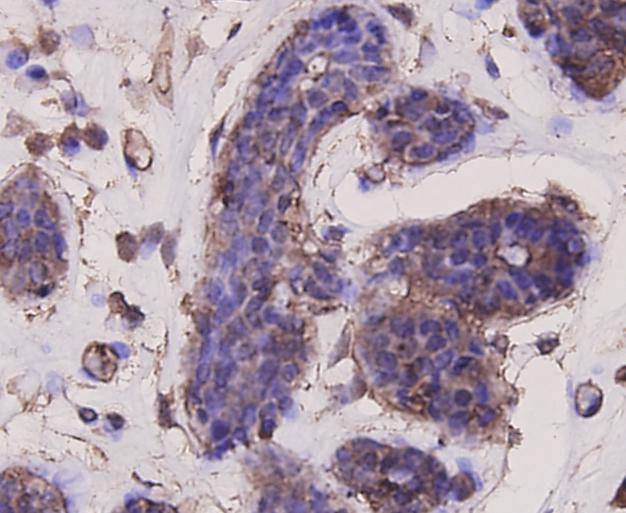
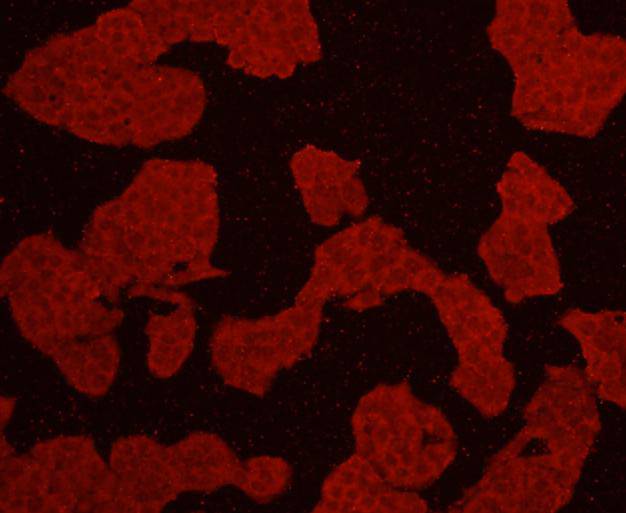
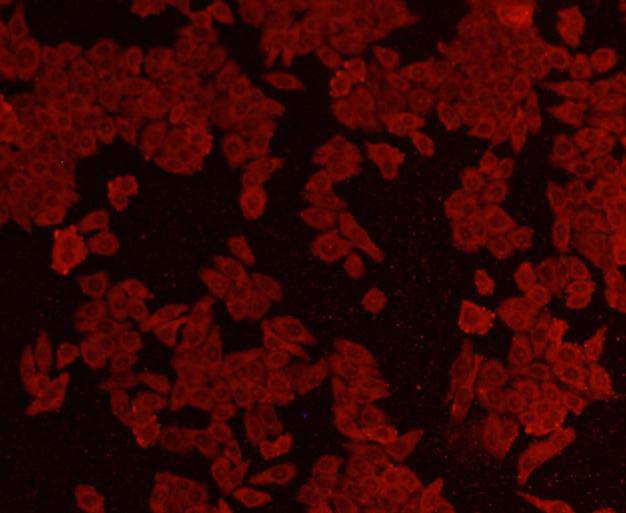
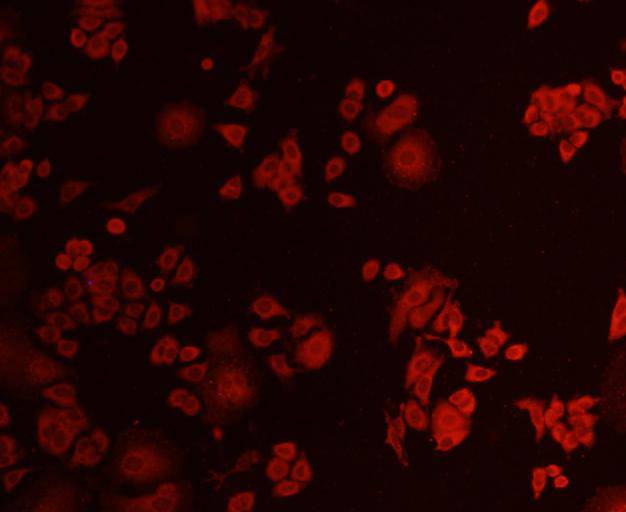
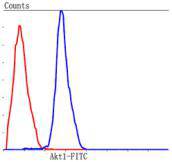
 Yes
Yes



